🎯 Quick Overview
Trailer
- Director: Sidney Franklin
- Genre: Drama, Romance
- Release year: 1937
- Runtime (length): 2h 18min
- IMDb rating: 7.5/10 (5.7K votes)
- Rotten Tomatoes: 86%
😅 Plot Summary – Badly Explained
Chinese farmer gets a wife, farms, gets rich, gets another wife, and then realizes the first wife was actually pretty great; basically, a very long and dramatic episode of “Housewives of Rural China”.
🍿 The Good Earth: Detailed Plot Synopsis
Early Life and Marriage
Wang Lung, a humble Chinese farmer, prepares for his wedding to O-Lan, a former slave. Their life begins with modest means, but O-Lan proves to be a diligent and hardworking wife, assisting Wang in the fields and managing their household. Their early years are marked by hard work and the birth of their first son, which brings them much joy and hope for the future.
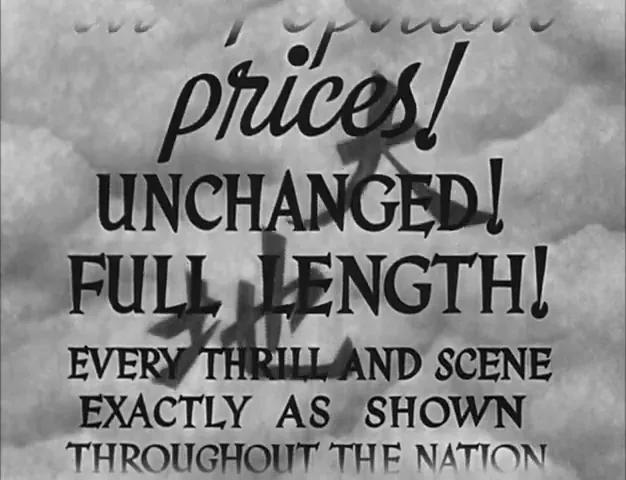
Prosperity and Famine
As the years pass, Wang Lung prospers, acquiring more land and having more children. However, their fortune changes when a severe drought strikes, leading to crop failure and famine. Facing starvation, they are forced to sell their possessions and eventually decide to travel south to find work and sustenance, highlighting their resilience and determination to survive.
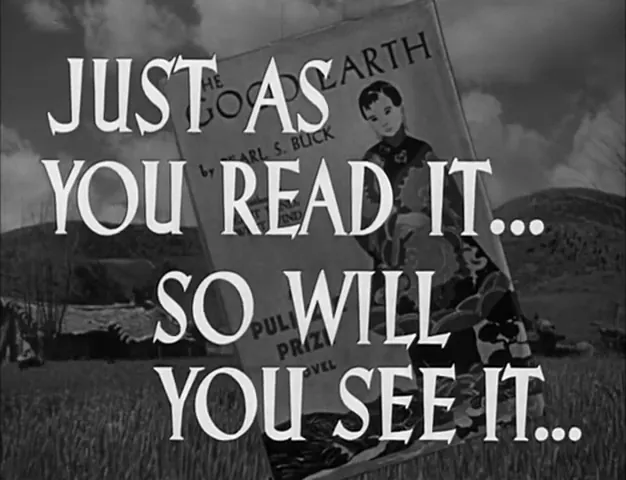
Revolution and Return
In the southern city, Wang Lung struggles to find work and provide for his family. Amidst widespread poverty and discontent, a revolution erupts. During the chaos, O-Lan discovers a bag of jewels, enabling them to return to their land. They use the wealth to rebuild their farm and hire laborers, signifying a return to prosperity, but also foreshadowing future challenges.
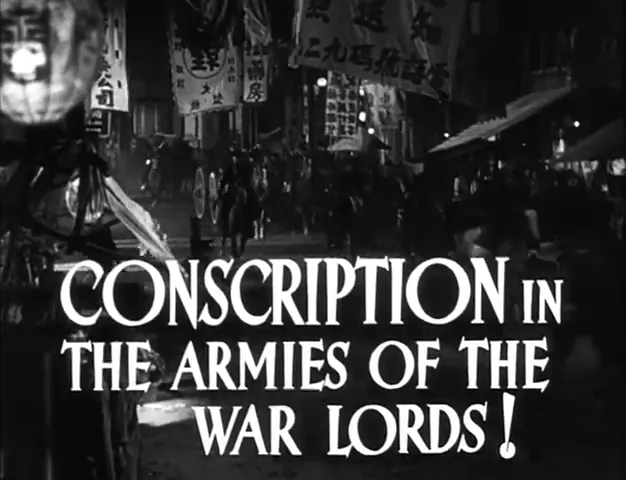
Wealth and Temptation
With renewed prosperity, Wang Lung becomes wealthy and buys the grand house of the bankrupt landlord. He also takes Lotus, a beautiful woman, as a concubine, causing distress to O-Lan. Wang’s growing wealth and infatuation with Lotus leads to family conflict, testing the bonds of loyalty and love within his household. He distances himself from the values that brought him success, setting the stage for a potential downfall.
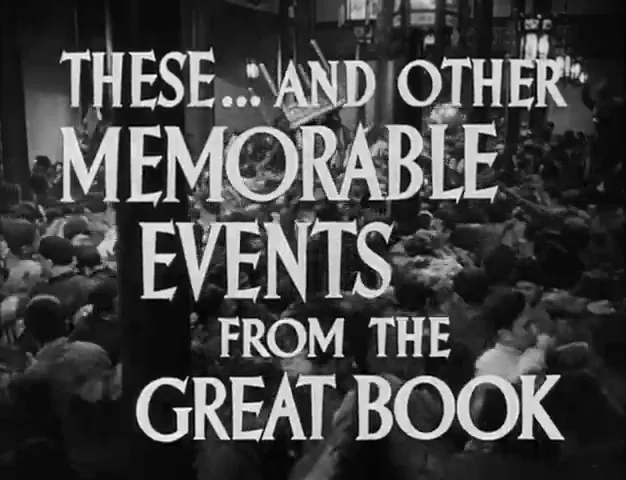
Locust Plague and Redemption
A plague of locusts threatens to destroy Wang Lung’s crops, symbolizing a final test of his resilience and connection to the land. His son’s knowledge helps them combat the locusts and save part of their harvest. This crisis forces Wang Lung to rediscover his love for the land and appreciate the importance of his family and community.
⚠️ Spoilers and Ending Explained
🎬 Cast & Characters
- Wang (Paul Muni): A humble Chinese farmer whose ambition and love for the land are tested by hardship and eventual prosperity.
- O-Lan (Luise Rainer): Wang’s resilient and devoted wife, a former slave, who quietly supports her husband through famine, wealth, and betrayal.
- Uncle (Walter Connolly): Wang’s opportunistic and mooching uncle, who represents the temptations of easy money and questionable morals.
- Lotus (Tilly Losch): A beautiful and alluring concubine who tempts Wang away from his family and simpler values after he gains wealth.
- Old Father (Charley Grapewin): Wang’s traditional and wise father, embodying the old ways and the importance of respecting the land.
- Elder Son (Keye Luke): Wang and O-Lan’s eldest son, representing the next generation and a desire for a different, more modern life.
💬 Memorable Quotes
- Wang Lung: “Thieves! Thieves! And well you know I must sell.” – Wang Lung exclaims this when buyers try to take advantage of his desperation during the famine, highlighting his struggle to survive.
- O-Lan: “No! Not the land. We’ll not sell the land. We’ll keep it.” – O-Lan expresses her profound connection to the land, refusing to sell it even in dire circumstances, emphasizing its central role in their lives.
- O-Lan: “The land is our life… and it’s better to go south… or die walking… than to give it to you for nothing.” – During hard times O-Lan expresses the idea that the land is better than life itself, as it is what sustains them, and is worth more than money.
- Wang Lung: “O-Lan, you are the earth.” – Wang Lung says these words when O-Lan dies, realizing her enduring strength and essential role in his life, and likening her to the land itself.
💰Box Office
- Budget: $2,800,000
- Domestic Gross: $3,557,000
- Worldwide Gross: None
💥 The Good Earth Reviews
Personal Review
I first watched “The Good Earth” with some hesitation because of the casting choices. However, I was quickly drawn into the story. Luise Rainer’s performance as O-Lan is heartbreakingly beautiful, and the locust scene is still jaw-dropping. It made me really feel the struggle of Chinese farmers, and how important the land was to them. It’s one of those classic movies that still resonates today. I’d recommend it to anyone who appreciates a good story.
- Who would enjoy:
- “Fans of classic Hollywood epics”
- “Viewers interested in historical dramas”
- “Those who appreciate stories about resilience and family”
- “People interested in exploring cultural themes in older films”
- Content warnings ⚠:
- “Depiction of famine and poverty”
- “Some scenes of violence during the revolution”
- “Themes of marital infidelity”
- “Historically insensitive casting choices”
Professional Reviews
- Variety: “The Good Earth is a powerful epic, vividly bringing to life Pearl S. Buck’s celebrated novel. While the casting choices raise eyebrows today, the film’s scope and emotional depth remain undeniable. The locust plague sequence alone is worth the watch, showcasing groundbreaking special effects for its time.
- The New York Times: “Luise Rainer delivers a haunting performance as O-Lan, a character of immense strength and quiet dignity. Her portrayal is the heart of the film, overshadowing any controversy surrounding the casting. The movie, though lengthy, provides a compelling glimpse into the struggles and triumphs of rural Chinese life.
- Rotten Tomatoes: “Despite its age and casting controversies, The Good Earth remains a significant cinematic achievement. The film is visually stunning, particularly the locust sequence, and the performances, especially Luise Rainer’s, are emotionally resonant. A timeless story of resilience and the importance of land.
Audience Reactions
Luise Rainer’s acting was amazing, with very few words she conveyed so much emotion!: Viewers praise the film’s depiction of resilience and the importance of family in the face of adversity.
That locust scene was incredible, even by today’s standards!: The special effects, especially the locust swarm, are considered groundbreaking for its time.
Overall Consensus: Despite dated casting choices, “The Good Earth” is a classic film lauded for its emotional depth, visual storytelling, and timeless themes of resilience and the importance of family and land.
Awards
- Academy Award (Best Actress)- 1938
- Academy Award (Best Cinematography)- 1938
🛠️ Behind the Scenes
- “Special effects experts struggled to create realistic locusts. A real locust plague miles away provided the footage for the film’s memorable locust swarm sequence.”
- “Irving Thalberg’s death during production led to Victor Fleming taking over directing duties, though he went uncredited.”
- “Despite its setting in China, the film was primarily shot in California, with some background shots for the locust sequence filmed in Cedar City, Utah.”
🖥️ How to Watch The Good Earth?
Currently, ‘The Good Earth’ is difficult to find on major streaming platforms. Check rental or purchase options on Amazon Prime Video and Apple TV. Availability may vary based on your region.
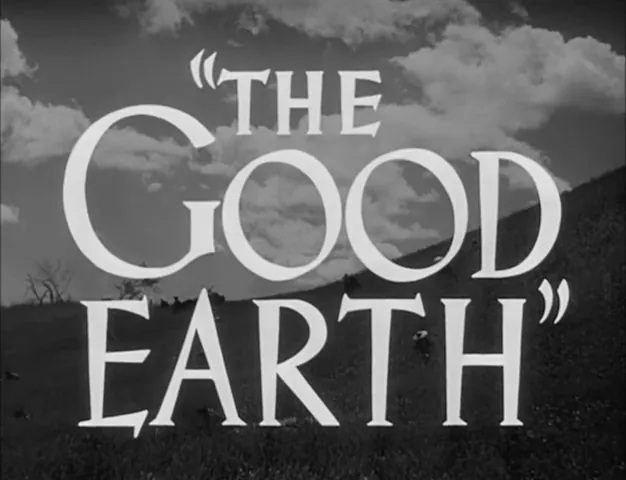
🎥 Similar Movies
If you enjoyed The Good Earth, you might like these similar films:
- The Grapes of Wrath (1940): Both films depict the struggles of rural families against economic hardship and environmental disasters during difficult times.
- Dragon Seed (1944): Another MGM adaptation of a Pearl S. Buck novel, focusing on Chinese peasants during wartime, sharing similar themes and cultural context.
- Seven Samurai (1954): A village of farmers hire samurai to protect themselves from bandits and save their crops.
- Nomadland (2020): A modern equivalent exploring themes of resilience, loss, and connection to the land, as individuals navigate economic hardship.
🛒 The Good Earth Related Products
- The Good Earth (DVD): Own the classic film on DVD and experience the timeless story of love, loss, and resilience. A must-have for any classic movie collection.
- The Good Earth by Pearl S. Buck (Paperback): Read the Pulitzer Prize-winning novel that inspired the film. Discover the deeper nuances of Pearl S. Buck’s masterpiece and explore the rich cultural details not fully captured on screen.
- Chinese Farmer Figurine Set – Miniature Replica: High-quality miniature figurine set depicting Wang Lung and O-Lan. Perfect for collectors and fans of “The Good Earth”. Display them as a tribute to this iconic film.
- “The Good Earth” – Movie Poster Print (Framed): High-quality framed print of the original movie poster. A classic piece of art for any film enthusiast. Enhance your home decor with this vintage masterpiece.
🎧 Soundtrack
The Good Earth features a captivating soundtrack that enhances the movie’s atmosphere and emotional impact. Here are some notable tracks:
- “Main Title” – performed by Herbert Stothart
- “Wedding Procession” – performed by Herbert Stothart
- “Famine” – performed by Herbert Stothart
- “Locust Attack” – performed by Herbert Stothart
- “O-Lan’s Death” – performed by Herbert Stothart
You can find the complete soundtrack on Amazon Music and Apple Music.
🤨 FAQ
‘The Good Earth’ tells the story of Wang Lung and O-Lan, Chinese farmers who face numerous hardships but ultimately find prosperity and learn valuable lessons about life, love, and the importance of the land.
Luise Rainer won the Best Actress Oscar for her portrayal of O-Lan, a strong and resilient woman who endures many hardships with grace and dignity. Her performance was praised for its emotional depth and subtle expressiveness.
While ‘The Good Earth’ is based on Pearl S. Buck’s novel, some changes were made for the film adaptation. Some critics and viewers have noted differences in character portrayals and plot details.
The casting of Caucasian actors in lead roles, particularly Paul Muni and Luise Rainer, is controversial due to the practice of ‘yellowface,’ which is considered offensive and insensitive. Modern viewers often critique this practice due to the lack of representation for Asian actors.
The locust scene is a significant and visually impressive sequence that symbolizes the destructive forces of nature and the constant struggle of farmers against hardship. It highlights the community’s effort to overcome adversity and serves as a turning point in the story.
🔥 Bonus Content
How Luise Rainer Won Two Oscars In A Row
Ever wonder how Luise Rainer snagged TWO Oscars in a row? This video dives deep into the studio system and even touches on the controversial casting choices of ‘The Good Earth.’ It’s a fascinating look at Hollywood history, and honestly, some of the insights are pretty eye-opening!
” THE GOOD EARTH RUNS RED ” IMPERIAL JAPANESE ARMY ATROCITIES IN CHINA WWII PROPAGANDA FILM 71882
Want to understand the real-world backdrop of ‘The Good Earth’? This propaganda film from 1938 is tough to watch, showing the brutal reality of the Japanese invasion of China. But it’s important to understand the historical context, and this video really brings it home – proceed with caution, though!
✨ Rate
There are no reviews yet. Be the first one to write one.





